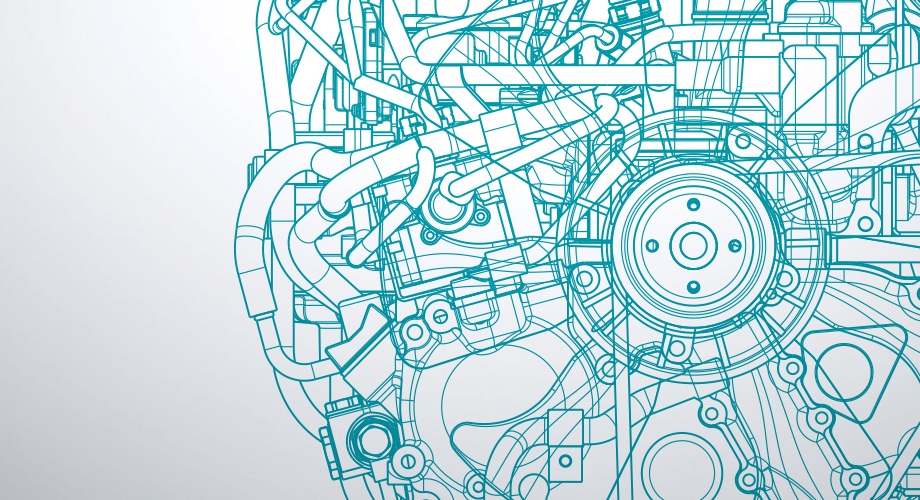In the field of automotive maintenance and repair, the disassembly and assembly of diesel engines is a crucial task, with the camshaft being particularly important. Kubota diesel engines are well-regarded for their excellent performance and stable operation, but it is essential to follow the operating procedures strictly when removing and installing the camshaft to ensure safety and equipment reliability. This article will detail the process and precautions for the removal and installation of the camshaft in Kubota diesel engines.

1. Removal Process
Before removing the camshaft, sufficient preparation is necessary. First, ensure the vehicle is parked on a flat surface, the engine is turned off, and the power supply is disconnected to ensure safety. Next, prepare the required tools such as wrenches, screwdrivers, jacks, etc., and clean the relevant parts to reduce the impact of dust and impurities on the removal process.
The removal process consists of the following steps:
Remove the air filter, timing gear cover, and cylinder head cover to expose the camshaft.
Loosen the timing belt and remove the camshaft timing gear and semicircular key. During this process, protect the timing gear and semicircular key to avoid damage.
Remove the camshaft bearing caps. According to the structural characteristics of Kubota diesel engines, first remove the bearing caps for positions 1 and 3, then remove the bearing caps for positions 2 and 5, and finally remove the bearing cap for position 4. During removal, use a soft hammer to gently tap the bearing caps to loosen them, then remove the fixing bolts and bearing caps.
Remove the camshaft. When removing the camshaft, be cautious to avoid damaging the cam or bearing thrust faces. Also, avoid lifting the camshaft to prevent damage to related parts.

2. Installation Process
Before installing a new camshaft, check the integrity of the camshaft and bearing caps, and clean off any impurities and oil stains from their surfaces. The installation process consists of the following steps:
Install the bearing caps. Before installing the bearing caps, check that the installation position is correct and ensure the oil grooves of the bearing caps are unobstructed. Then, install the bearing caps in the reverse order of removal, i.e., first install the bearing cap for position 4, then positions 2 and 5, and finally positions 1 and 3. During installation, pay attention to the alignment of the bearing caps and use the appropriate torque to tighten the bolts.
Install the camshaft. When installing the camshaft, ensure that the cam lobe of cylinder 1 is facing upwards to avoid pressing on the valves. Use special tools to gently tap the camshaft into place in the bearing caps. Be careful not to damage the cam or bearings during installation.
Install the timing gear and semicircular key. When installing the timing gear and semicircular key, ensure they fit tightly with the camshaft and use the appropriate torque to tighten the bolts. Also, check the meshing of the timing gear to ensure it functions correctly.
Check installation quality. After installation, check the quality of the camshaft installation, including the tightness of the bearing caps and the rotation of the camshaft. Also, check the operation of the camshaft timing gear to ensure the engine runs properly.

3. Precautions
When removing and installing the camshaft, pay attention to the following precautions:
Ensure operational safety. Follow the operating procedures during disassembly and assembly to ensure personal and equipment safety.
Protect parts. Be cautious during disassembly and assembly to avoid damaging parts, especially critical components like the cam and bearing thrust face
Accurate installation. Ensure correct installation positions, appropriate tightening torque, and check installation quality to ensure proper engine operation.
Inspect equipment. During disassembly and assembly, inspect the condition and performance of the equipment, and address any damage or abnormalities promptly.
For more information, please visit website www.kubotaengine.ca.



